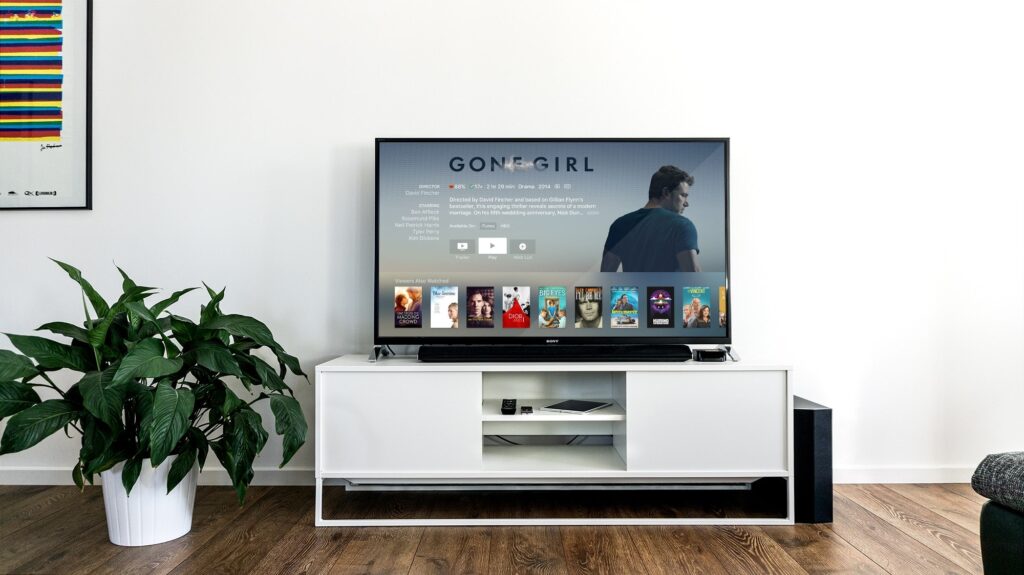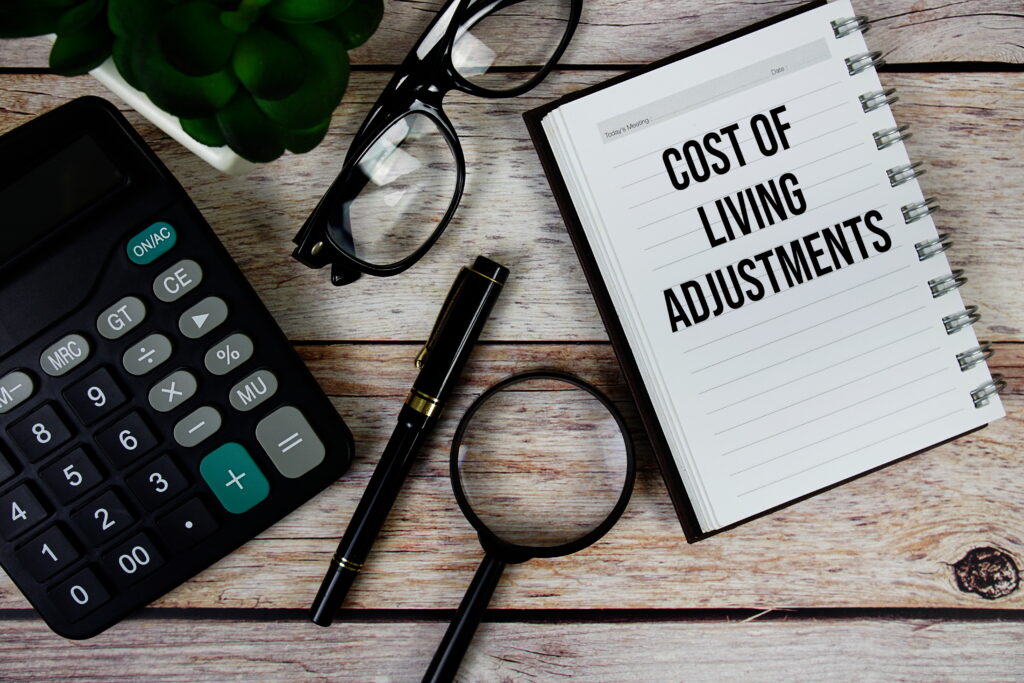May 27, 2019
Picture it, if you will, the year is 2015 and I am living my best life. If by best life you mean constantly hitting zero on my checking and savings account simultaneously because I don’t know the difference between a want and a need. When I say zero what I really mean is -$25.17. That’s right I was a chronic overdrafter who opted-in to overdraft protection.
First off, what is overdraft protection?
You can think of overdraft protection as a backup when you need money fast. Depending on your bank, you can link a savings account, line of credit, or credit card to continue using your debit card to make purchases and withdraw from an ATM. Banks typically charge a fee to transfer money from your backup source to your checking account. If you don’t link a backup account, your bank may cover your transaction, which means you will have to pay back the negative balance on your account plus an overdraft fee. A bank charges an overdraft fee when a withdrawal from your bank account exceeds your available balance, and they can be pretty expensive, $30 to $35 per item
In July 2010, banks were forced to make overdraft protection an opt-in service. The CFPB found that frequent overdrafters who opt-in to these service spend $442 more in overdraft fees than those who opt-out. Overdraft protection can quickly become expensive pretty fast. Typically, if your account is in the negative by a few days, your bank may charge you an extended overdraft fee. Your bank may also charge you an additional fee for every month overdraft protection is used.
Pros of overdraft protection
Overdraft protection can be helpful when you’re in short need for cash, as it assures that checks, debit card transaction and wire transfer will go through. Additionally, you won’t have to go through the awkward situation of asking friends and family for cash when you need it.
Cons of overdraft protection
If you opt-in to overdraft protection and overdraft your account on purpose, you should be aware of the cost.
High fees
Overdraft protection comes at a high price. If you have a linked account, your bank will charge you a transfer fee to cover your own shortcomings. Also, even if you have a linked account, your bank may also charge you an overdraft fee to bring you back to the positive. Additionally, your bank may charge you an extended overdraft fee if you stay in the negative for a few days.

Interest
If you use an overdraft line of credit to cover your balance, you’ll end up paying interest on the amount you borrow until it is paid back.
Banks don’t guarantee transactions will be covered
It all depends on your bank, but sometimes your transaction may not go through. It’s at your bank’s discretion to approve a charge, and if you’re in an emergency and need cash fast, not having 100% guarantee that you’re covered can be stressful.
Tips on how to prevent overdraft fees:
1. ALWAYS Know What’s Coming and Going
Give your cell phone company or any company who bills you monthly a call to see if you can change your date. The issue with most banks is that they are just waiting for you to fail. In fact, they prey on your failure, mostly your failure to plan. Your cell phone bill is due on the 14th, but you don’t get paid until the 17th and if you’re like most people your funds start running out about a few days before payday. Here’s the tricky part, you turned on automatic payments with your cell phone provider and bam! Just like that, you’re hit with an overdraft fee. If you had put more thought into the dates lining up you could have easily avoided that overdraft fee. Most cellular providers allow you to extend your bill due or change it altogether.
2. Don’t Bite Off More Than You Can Chew
Sometimes, the best thing to do is to cut down on your spending. We, roughly, know how much we make each paycheck, but do you know how much you’re spending? It’s easy to say “well, if I made more money I would be able to afford everything.” Who doesn’t want to make more money but have you ever heard, mo’ money mo’ problems? Spending less isn’t easy because having Netflix, Hulu and HBO subscriptions help us forget the impending doom known as Monday, but cutting costs is as easy as only having one subscription. You could always borrow your friend’s password or cancel your subscription when your favorite show is off-season. Subscriptions can add up. The goal here is to keep a positive balance not line HBO’s pockets because you wanted to keep up with the Starks.

3. Get Ahead of Money Before it Gets Ahead of You
Okay, so hear me out. I made this phrase up, but the logic is unmatched. You wouldn’t walk down the stairs in complete darkness with a blindfold on so why spend money in that way? The best way to end overdraft fees is to plan ahead for your expenses by keeping a budget. A budget will help you know what’s coming and going. Arguably, the hardest part about making a budget is sticking to it. We found some articles that make budgeting pretty easy such as Dave Ramsey’s Zero-Based Budgeting and The Budgetnista’s One Week Budget.
4. Have a Contingency Plan
Always be prepared. It’s the Boy Scouts motto for a reason. While planning will ensure you know what you’re spending and what you’re making, sometimes life gets in the way. Sometimes a rain cloud wants to be your +1 to your child’s outdoor birthday party, or your dog gets sick, or your car breaks down. Expect the unexpected… A contingency plan is a plan devised for an outcome other than the usual (expected) plan. Sort of like a safety net. And remember Murphy’s Law, what can go wrong, will go wrong Rainy days happen and you want to be ready for them.
—
In short, overdrafts fees hurt. They hurt in the same way hitting your pinky toe on the edge of the bed hurts. Or like accidentally splashing boiling hot water on your lap. Sure, overdraft protection can come in handy in a pinch, but remember you will have to pay back the balance and incur a high fee.










